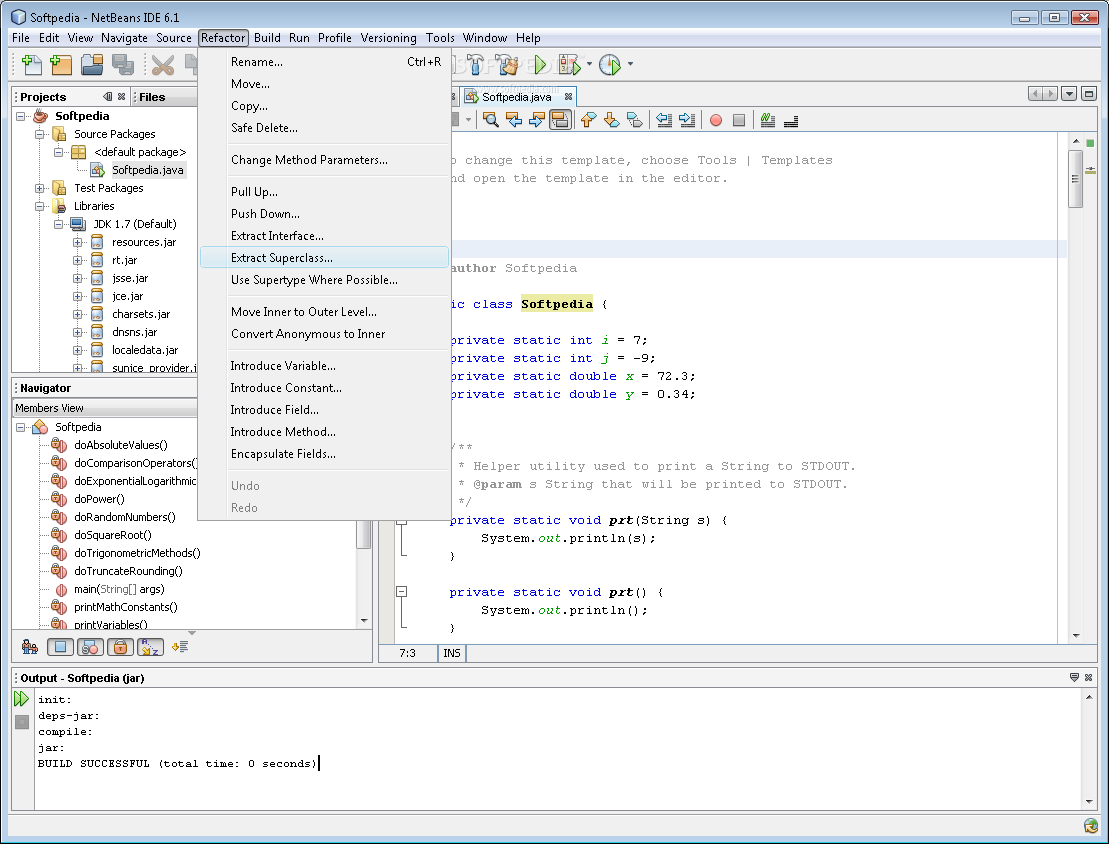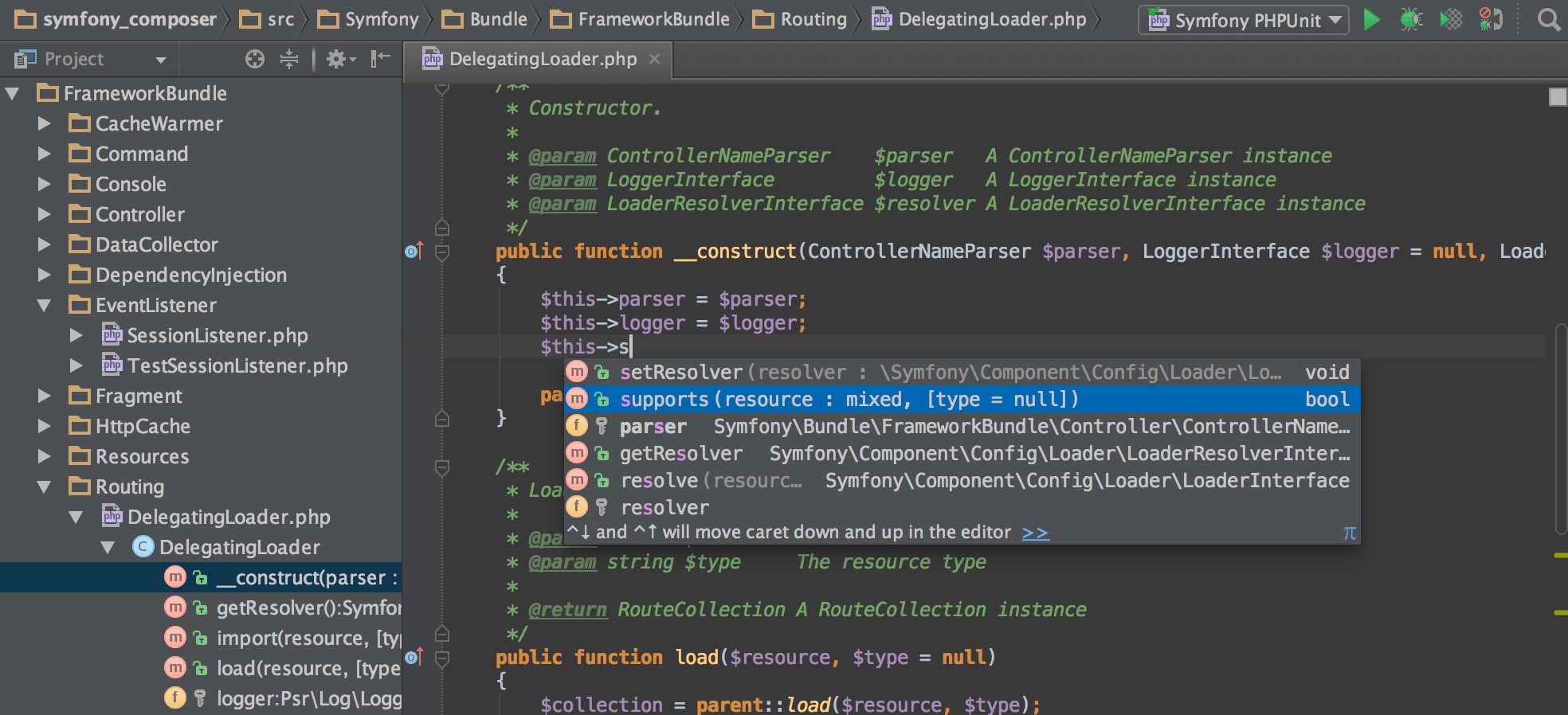

Importing an Eclipse project to IntelliJ IDEAįollow the steps given below to import NetBeans Project in IntelliJ IDEA: Some of the debugger shortcuts are given below in the table: Eclipse IntelliJ IDEA and NetBeans debugger are similar but they use different shortcuts. Some popular shortcuts are given in the below table.

#Netbeans vs intellij code#
IntelliJ IDEA shortcuts are different from NetBeans shortcuts. Advantages Of Using NetBeans The advantages are as follows: 1) NetBeans IDE comes with a profiler a custom dashboard that displays SQL queries, locks, threads, memory, and CPU consumed per process/activities, that help solve performance and memory issues and modify code accordingly. The following table compares NetBeans and IntelliJ IDEA terminologies - NetBeans These basic differences include User Interface, Terminologies, Project Configuration, Popular Shortcuts and some other aspects. If the current NetBeans user wants to switch from NetBeans IDE to IntelliJ IDE then it requires the understanding of some basic differences between these two IDEs.

NetBeans is another popular IDE for Java Developers. So, it works only on the IDE such could be either of IntelliJ. Also, the developers have to explore ways to reduce memory consumption and make the IDE run faster. SonarLint is a code editor plug-in or an extension. Hence, NetBeans consume more memory than other Java IDEs including IntelliJ.
#Netbeans vs intellij free#
But NetBeans requires Java developers to use a system with 2 GB RAM and 1GB free space. Next → ← prev IntelliJ IDEA Migrating From NetBeans The developers have to focus on the system requirements to use IntelliJ efficiently.


 0 kommentar(er)
0 kommentar(er)
